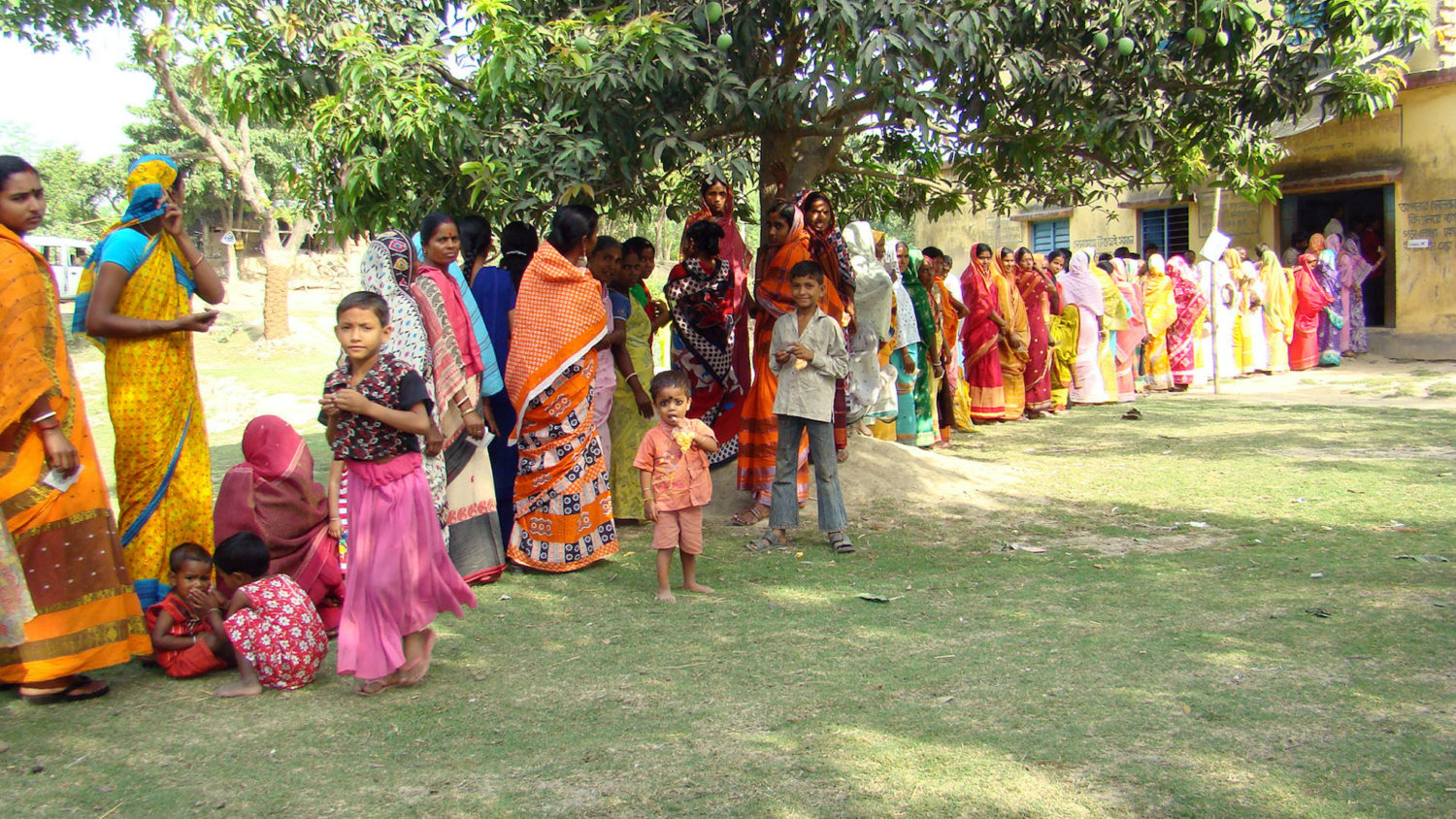Leading the way
We campaign for better representation in politics. But what difference do women politicians actually make? Rosie Campbell investigates
During the first months of the Covid-19 pandemic there was a series of news stories asking whether women leaders were handling the crisis better than men. When the behaviour of women leaders was juxtaposed against some notorious men it was tempting to conclude in the affirmative. Angela Merkel’s serious scientism and Jacinda Ardern’s empathy and decisiveness were the model of effective leadership when contrasted with the response of populist male leaders such as Jair Bolsonaro and Donald Trump, who mocked the virus and its ability to damage themselves or their supporters.
However, this binary opposition between feminine and masculine leadership overplays the differences between most women and men politicians; hyper-masculine leadership styles are more likely to be adopted by populist male politicians and are not typical of leaders of wealthy democracies.
Furthermore, in the summer of 2020 fewer than 10 per cent of nations were led by women, limiting our ability to undertake robust analysis of their impact.
But some studies have attempted a rigorous approach. Academics Supriya Garikipati and Uma Kambhampati, for example, compared women leaders with men leading similar countries and found evidence that death rates were lower in those headed by women. However, these kinds of studies often lack power due to their small sample. Plus, further analyses have suggested that country-level factors, rather than women leaders themselves, provide the most powerful explanations for better health outcomes.
Evidence may indicate that gender played a part in the rhetorical response to the crisis: a recent analysis in the BMJ found women leaders were more likely to emphasise the impact of the pandemic on communities and individuals and to reference a wider variety of welfare services in response. But again, sample size issues meant these findings were tentative.
Although difficult to prove, it has been suggested that women leaders might be more likely to emerge in collective and meritocratic political cultures, that are also better placed to respond effectively to crises. Thus, we should not simply ask ‘what difference do women leaders make?’ but rather, in addition, ‘what does the presence, or absence, of women leaders tell us about the democratic health of a nation?’
In 2020 the Global Institute for Women’s Leadership and the Westminster Foundation for Democracy published a report, authored by my colleague Dr Minna Cowper-Coles, reviewing more than 500 articles and reports assessing the impact of women political leaders on democracy. There have been too few women heads of government to give a robust account of the difference they make, but if we extend the notion of women political leaders to all elected women politicians then we can draw some conclusions.
One unequivocal finding is that women political leaders have and continue to reshape the nature of politics and international relations by bringing issues previously perceived as ‘non-priorities,’ such as gender-based violence and reproductive health, to the fore.
Furthermore, as policy makers, women more often prioritise issues that benefit the most vulnerable in society through healthcare, welfare and education. As such, more women leaders seem to make for more equal and caring societies. And crucially states where women hold more political power are less likely to go to war and less likely to commit human rights abuses.
Another frequent finding in the existing research is that as elected officials, women tend to work harder than men to represent their constituencies, which is linked to a stronger sense among voters that government is responsive to their needs.
There is also evidence of an association between increased representation of women in elected office and lower levels of corruption and the focusing of resources on the quality and consistency of public service delivery.
The research therefore demonstrates that greater representation of women in politics is associated with positive outcomes for women and society in general.
The divergence in the priorities and behaviours of women and men politicians reflect continuing gender differences in lived experience and socialisation, and illustrate that the inclusion of women in policy making is essential for authentic democratic linkage between citizens and state.
However, women’s presence in elected office is not just a cause of more inclusive policy making, it is also a consequence of it. The lower levels of corruption evident in societies with more women political leaders is most likely an indication of more meritocratic and inclusive political recruitment processes. Thus, it is not simply the presence of women per se that indicate good democratic health but the presence of diverse women from varied social backgrounds.
It is apparent that women political leaders have an impact on policy and the quality of government, but they also serve as role models for the next generation of women politicians. Whilst women remain a tiny proportion of heads of government, when they hold office they can help to generate a virtuous circle where greater numbers of young women are inspired to pursue a political career.
Research from Ian McAllister has shown that when Julia Gillard was in office – my boss at the Global Institute for Women’s Leadership and the only woman to have served as prime minister of Australia – the political knowledge gap between men and women in Australia declined because of women’s greater attentiveness to news media. Sadly the gap widened again after she left politics.
Political knowledge is driven by interest and engagement in politics, two areas where there is a long-standing gap between men and women across the globe. And of course interest and engagement in politics fuel participation and are therefore essential in a vigorous democracy.
Experience of women political leaders in Indian villages has also famously been shown to elevate adolescent girls’ career aspirations and educational attainment and reduce time spent on domestic chores. Exposure to women political leaders thus has multiple benefits that over time can help to undermine gender stereotypes, bringing economic and social benefits to women and girls and the whole of society.
In some circumstances women politicians’ political priorities have been shown to more closely align with those of women in the electorate. Research I have undertaken with Sarah Childs and Joni Lovenduski has shown congruence between women voters and women politicians on attitudes to public spending and gender equality. From this perspective it can be argued that more women leaders are required not only on the grounds of justice or fairness, but also because their presence has implications for the substantive representation of women’s preferences.
It is well known that in the United States men and women’s political attitudes differ with a greater proportion of women supporting the Democrats than men in every presidential election since 1980. This ‘modern’ gender gap has emerged across wealthy democracies reversing the traditional divide between men and women, where in the immediate post-world war two period women were more often supporters of parties of the right than men.
What is less well known is that this trend has finally reached British shores.
Research I have conducted, with my colleague at Manchester University Rosalind Shorrocks, has highlighted that the 2017 general election was a critical turning point for the relationship between gender and voting behaviour in Britain. Prior to 2017 a greater proportion of women voted for the Conservative party than men in almost every general election since 1945. However, a radical shift occurred in 2017 and continued into the 2019 general election, where women were considerably more likely to vote Labour versus the Conservatives than men were. The link between the proportion of women elected representatives and the policy platforms offered by parties may well provide some of the underlying mechanisms explaining the emergence of this gender gap.
Clearly the difference women political leaders actually make is fundamental to the health of democracy. Sweeping generalisations about a leader’s gender and their capacity to manage a crisis are much less useful than a deep reflection on the fact that the majority of our citizens are women, and our political systems and cultures are weakened if they are not fully included.
Image: Women from the Murshidabad district of West Bengal queuing to vote in the 2009 general election
Credit: Public.resource.org/Flickr

